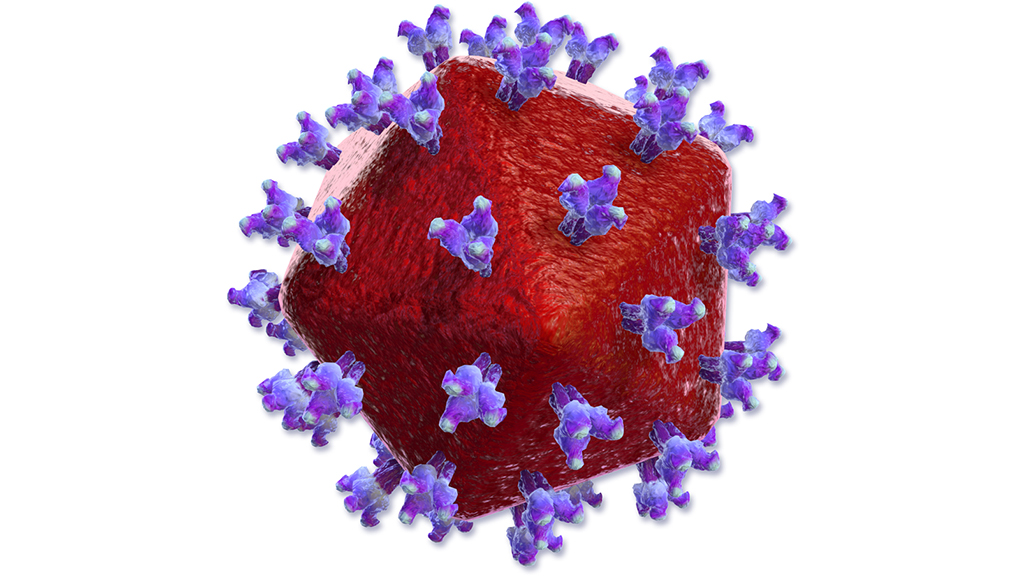Abstract
This directed case study examines the immune system by introducing students to the story of Mr. Timothy Ray Brown, also known as the “Berlin patient.” Mr. Brown was the first human cured of HIV through a bone marrow transplant, which he endured after being diagnosed with acute myeloid leukemia (AML). This real-life case provides an excellent opportunity for students to examine the function of the adaptive and innate immune system as they answer questions regarding Mr. Brown’s infection with the human immunodeficiency virus (HIV) and a diagnosis of AML. Students strengthen their understanding of adaptive immune cells and the function of MHCI and II molecules by exploring the virus’s effect on the patient’s immune system. They also build an understanding of the cells of the innate immune system by reviewing Mr. Brown’s complete blood count plus differential. This case is suitable for any course that contains an immunology section, although it may require modification of the virus life cycle components depending on the students’ microbiology background.



